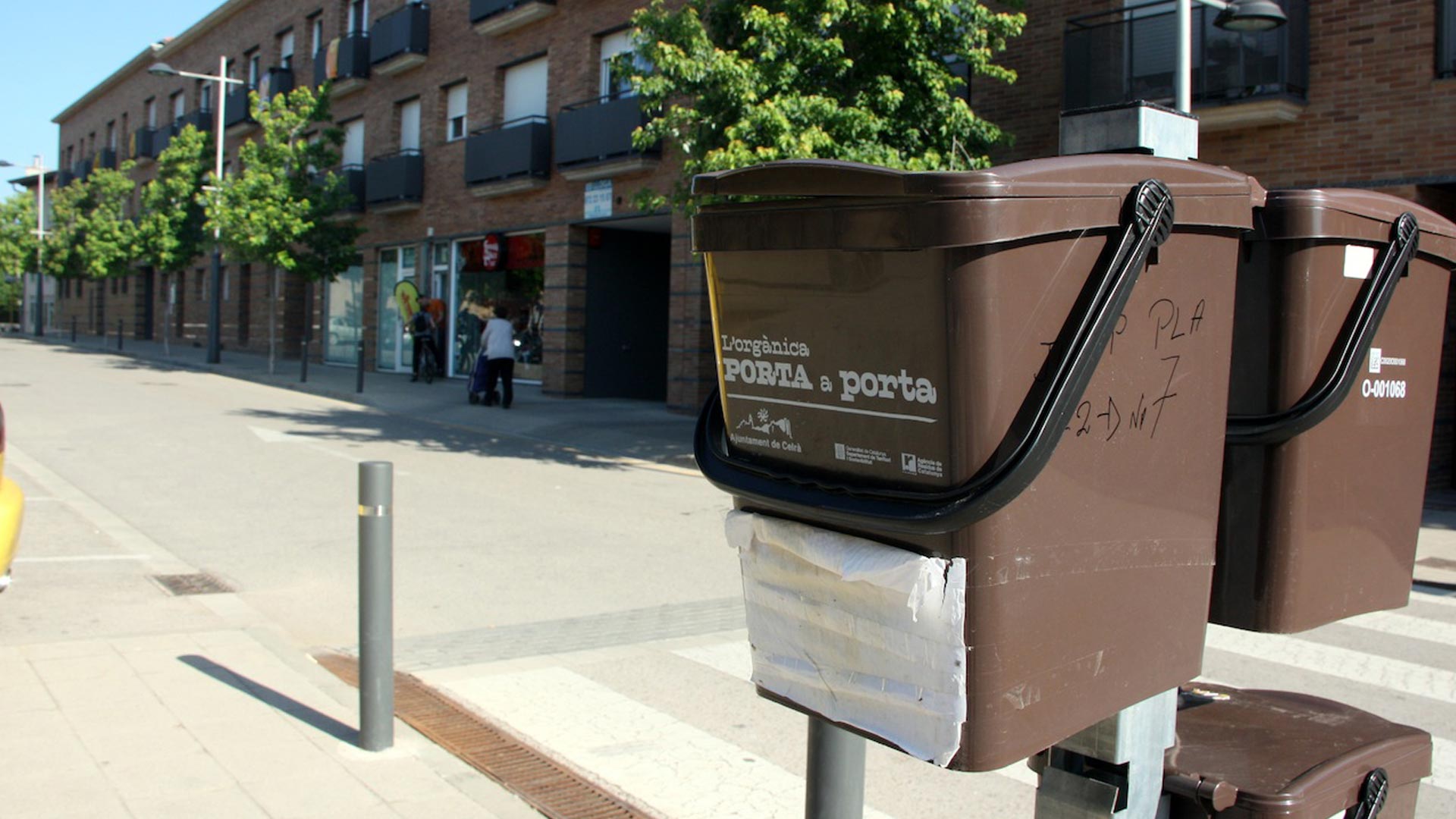Municipal waste management is one of the main expenditures of local authorities. In the context of the crisis in which we find ourselves, this factor is crucial when considering the implementation of any model of waste management.
Unlike the case with other aspects of waste management, currently there is no systematic collection of data on the costs of various waste management operations. Nor is there any methodology for calculating these costs to integrate the variety of circumstances that occur, and local authorities have no guidelines on how to manage financial information in a homogeneous and comparable way.
Having actual and accurate information about the overall cost of different collection models for local authorities (including treatment costs and income derived) can help policymakers make decisions on a more objective economic basis when choosing one model or another.
This paper compares the costs of the waste management model of selective door-to-door (DtD) collection with the model of collection in road containers (CONT) based on actual data from a sample of Catalan municipalities. Currently, no such detailed study in the Spanish context has addressed this issue. There is an interesting precedent in Italy (Ribaudo et al., 2010), which offers suggestions about the factors that may explain the costs of waste management by comparing the DtD and CONT models based on data on 1,200 municipalities.
Jaume Freire | Marta Jofra | Ignasi Puig
2013
Associació de municipis catalans per a la recollida Porta a Porta
Freire González, J., Jofra Sora, M., Puig Ventosa I. (coord.), Roca Jusmet, J. (coord.) (2013) Balanç econòmic de la recollida de residus porta a porta i en àrea de vorera per als ens locals i propostes d’optimització. Associació de municipis catalans per a la recollida Porta a Porta.


